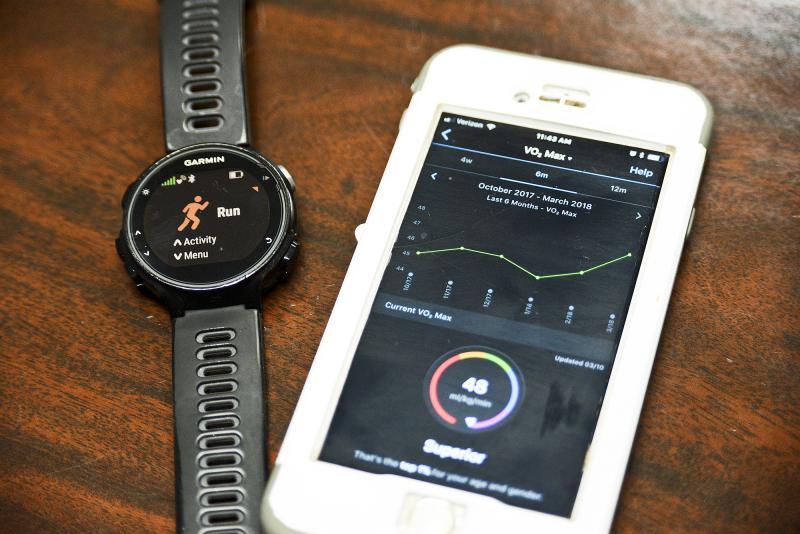When I ask the average person what they are looking to accomplish through the time they spend at the gym, the most common answer, I find, is a desire to improve overall health. Although most individuals have good intentions, too often their results are not what they were hoping for after a few months of training.
This often leads to frustration, and eventually they completely give up on their goal to become healthier.
If this sounds like you, you're not alone. I see this type of behavior all the time, and most of the time the mistake is not what is being done in the gym, but rather the expectations people have from the beginning.
How do you know if you are improving your overall physical health? Many people have expectations with no real thought or logic behind them. For example, if over a four-month period an individual goes to the gym three times a week with the expectation of getting stronger and losing 20 pounds, is that realistic?
Let's find out.
The average person will burn 200 to 600 calories each time they go to the gym, depending on the type and duration of their workout. If our test subject is able to go to the gym three days a week and burn right around 600 calories each visit, that equates to about half a pound of body weight for calories burned.
At the end of the month that would be two pounds, and at the end of four months that would equate to about eight pounds of weight loss.
If the goal is 20 pounds, that will take 10 months based on the same workout regimen. Our test subject's mistake was not the effort put in; the mistake was the unrealistic expectations.
So how do you avoid this mistake?
• First, get educated or hire a professional who can guide you through the process and set realistic goals for you.
• Second, set and record benchmarks throughout the process.
If the goal is to get stronger, you should be able to lift heavier weights, move faster, and/or become more agile over time. Having a set plan and benchmarks that progressively increase the workload will allow this process to happen.
It will also allow an individual to see the positive trend and keep them motivated. An example of a benchmark for a runner would be running eight quarter-mile repeats at 90 to 95 percent effort, with a 75-second rest between each.
The distance and recovery time will always be the same for this workout. Record the time for all eight intervals and average them; you will compare this workout every two or three weeks. We are looking for a 1 percent gain. If you average 90 seconds on your first time doing this workout, after three to four weeks, we would be looking for 1 percent or 2 percent improvement, or about 1 or 2 seconds faster.
If you are in the gym, your benchmark could be a 1 rep max or 3-to-5 reps at 85 to 90 percent max load on the bench press or deadlift.
After a good warmup and 1 to 2 sets of 5 to 10 reps at 70 to 85 percent max load, you can see how much you can lift. (Note: If attempting a 1 rep max, always have a spotter.)
Compare that same workout two to three weeks later with a goal of 3 percent gain.
I would recommend having benchmarks that you can compare week to week or month to month. Using these benchmarks will provide hard data – a great tool to help identify a trend in increasing fitness as well as indicate when the body needs more time to rest. Keeping a training log is a great way to record all of your workouts and benchmark information.























































